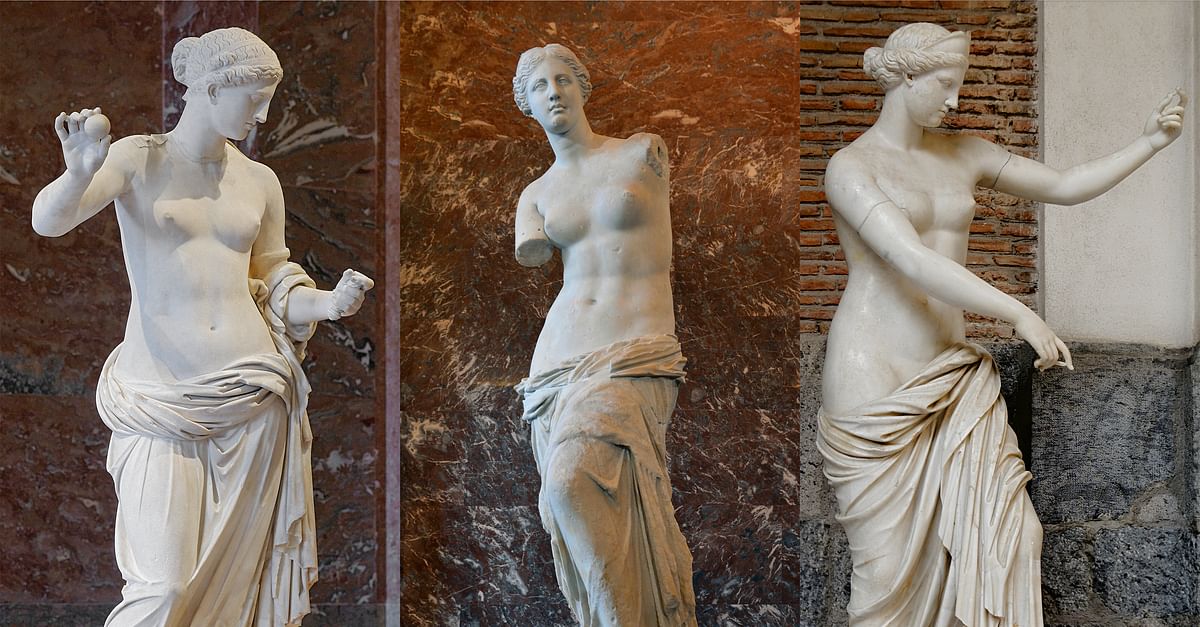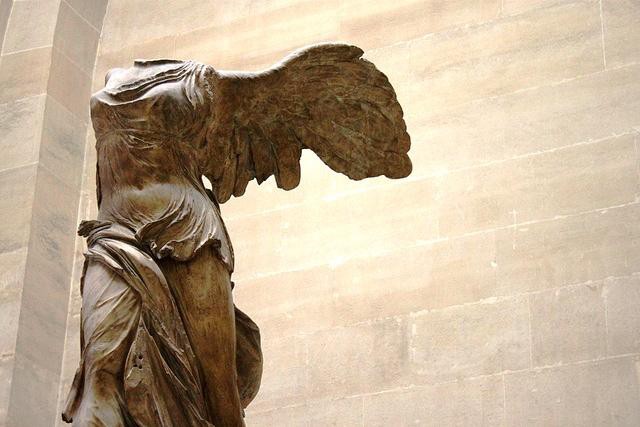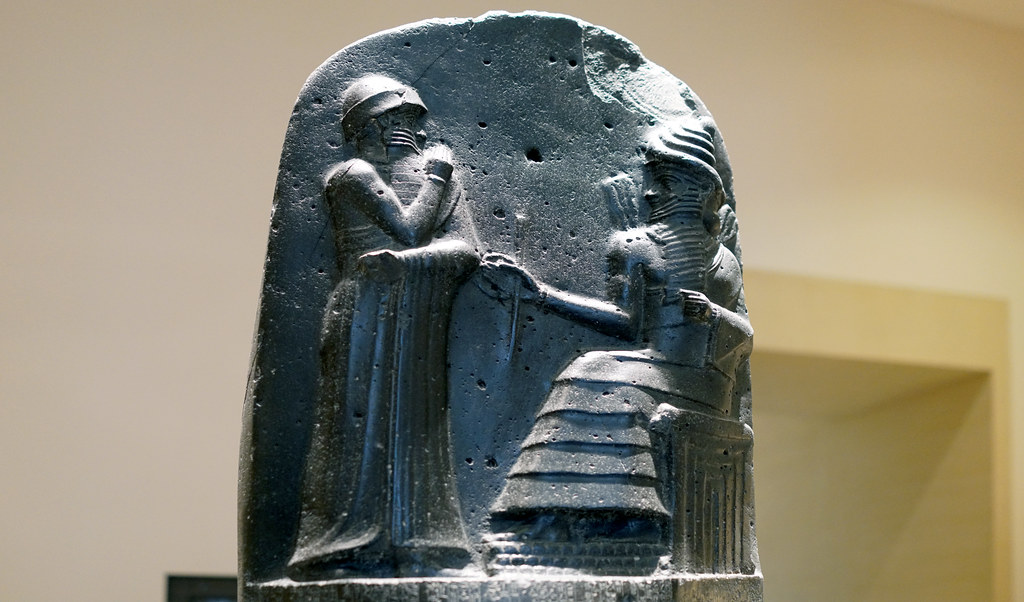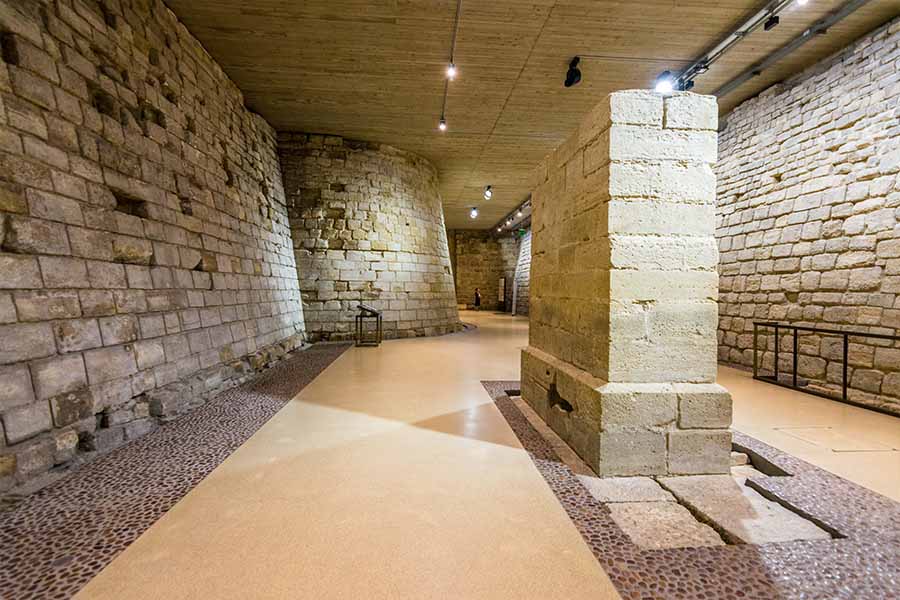The Palais du Louvre is located in Paris and is a historical value as it is an ancient royal castle. Other famous landmarks nearby are the Jardin des Tuirleys and the famous church of Saint-Germain-l’Auxeroy. The palace itself is set beside the banks of the beautiful River Seine. It is considered the richest museum in the whole world, its short name being the Louvre.
The fortress was built under King Philip Augustus. The name comes from the place where it was built – ‘Lupara’. Some believe that the word ‘Louvre’ is close in meaning to the language of the Franks of the time, as in their dialect it meant ‘watchtower’.
/https://tf-cmsv2-smithsonianmag-media.s3.amazonaws.com/filer/12/d0/12d08a47-a37c-4df8-a448-95fba1dd6c15/louvre.jpg)
The dispute over the origin of the word is compounded by the fact that it also existed in the vernacular of the Germanic tribes, who did not speak a language of Latin origin at all. The French historian Henri Soval believed that “Louvre” got its name from the word “fortress”.
Must see in Louvre:
Mona Lisa

The Louvre’s main exhibit is the Gioconda, or Mona Lisa, by Leonardo da Vinci. All signs lead to this work of art. An entire room in the palace has been bought for this painting by Japanese television. The painting is covered with a thick layer of armour and there are always two guards near it. The Mona Lisa cannot be seen anywhere else. Museum officials have decided not to take the masterpiece outside the palace. The painting is in a part of the Louvre called the Denon, in Room 7 of the Italian paintings.
Venus of Milos

Aphrodite (Venus of Milos) is no less famous than the previous masterpiece. Her author is Agesander of Antioch. The height of the sculpture is 164 cm, the proportions are 86x69x93. It lost its famous hands when it was discovered in 1820. The dispute arose between the French, who discovered the sculpture, and the Turks, who owned the island where the statue was found. The Venus of Milos can be found in the Sully section of Room 16 of the Greek, Etruscan and Roman Antiquities Museum.
Nika of Samothrace

Unlike the previous sculpture, the goddess of war has lost her arms and head. However, the wings have been preserved. The sculpture is located on the first floor of the Louvre in the Denon section of the stairs in front of the entrance to the Gallery of Italian Art and the Apollo Room.
Prisoner

Another Renaissance statue – The Captive or the Dying Slave. The author is Michelangelo. Ground floor, Denon part, Room 4 of Italian sculpture.
Ramses II

The next masterpiece is a statue of the seated Egyptian pharaoh Ramses II. It is located on the ground floor in the Sully section, Egyptian Antiquities, Room 12. The Louvre has the richest collection of Egyptian antiquities.
Hammurabi’s stele

The Louvre also has a collection of monuments from Mesopotamia. The most famous of these is the Stela of Hammurabi. It depicts the world’s first written record of a code of laws. It is on the ground floor of the Richelieu Wing, in Room 3.
Napoleon III

We can also recommend a visit to the flats of Napoleon III, the last Emperor of France. He had several rooms in the palace, and they are perfectly preserved to this day. There are several rooms in the Richelieu Wing on the first floor.
The Old Louvre

The old castle can be accessed via the Sully entrance and then on to the basement. There used to be a medieval Louvre, then it was demolished, and a new one built in its place. The remains of the old palace have been found by archaeologists.
Liberty Leading the People

This painting by Delacroix depicts freedom personified by Marianne – basically the human form of the French Republic itself. It is one of the earliest depictions of this now ubiquitous concept, and was a direct inspiration for Frédéric Auguste Bartholdi’s famous Statue of Liberty.
Winged Assyrian bulls (Lamassu)

Half-human – half-bull – creatures ‘lamassami’ guarded the entrance to the Dur-Sharrukin palace. They date from 721-705 BC and were found in 1843 by Paul-Emile Botta.
The sculptor used trickery to create the illusion of movement. When viewed from the front, the creatures’ head, torso and front two legs are visible. From the side, it looks as if they’ve taken a step forward. And that’s because of the extra fifth leg, which is not easy to spot.
They are located on the 1st floor in room 4 in the Richelieu part.

